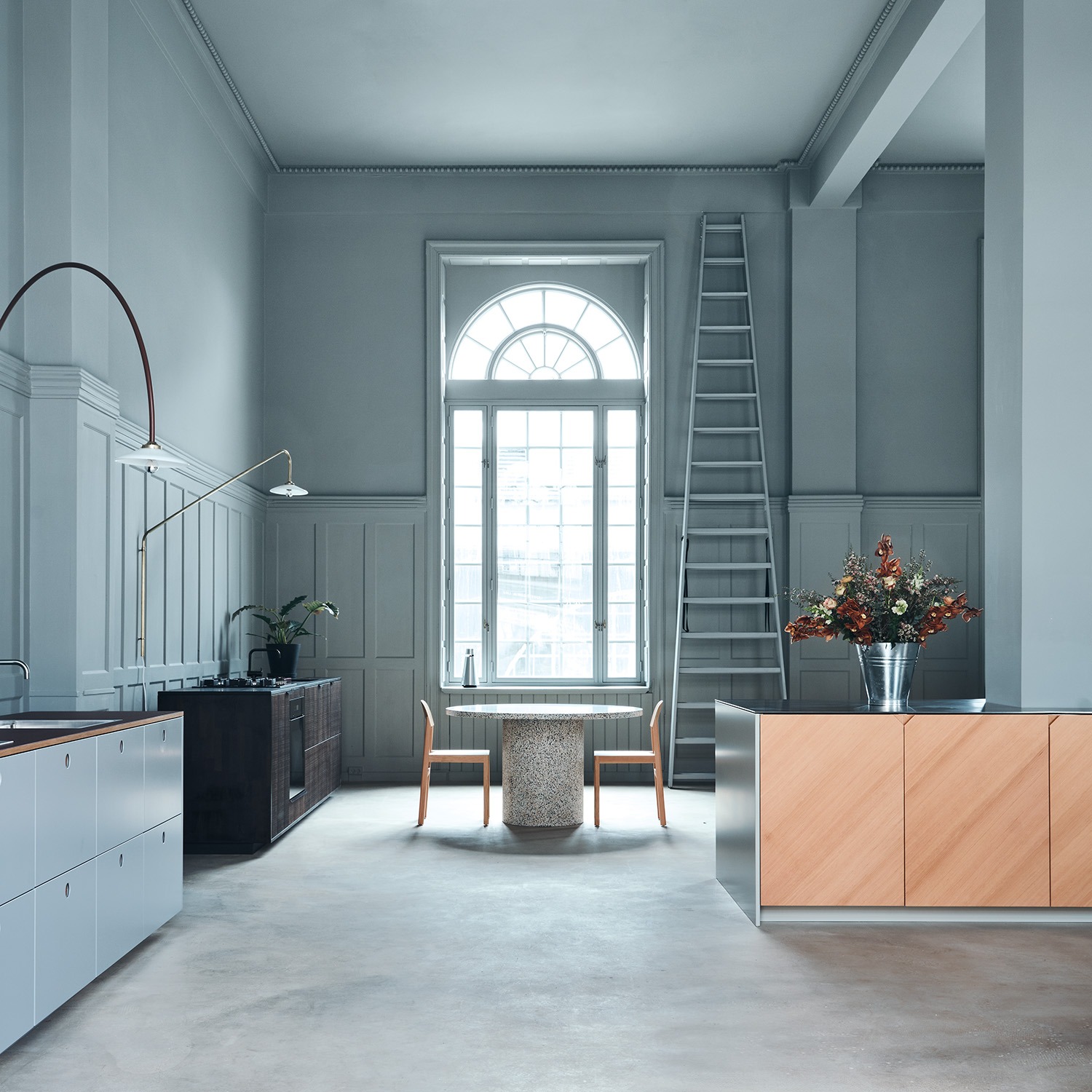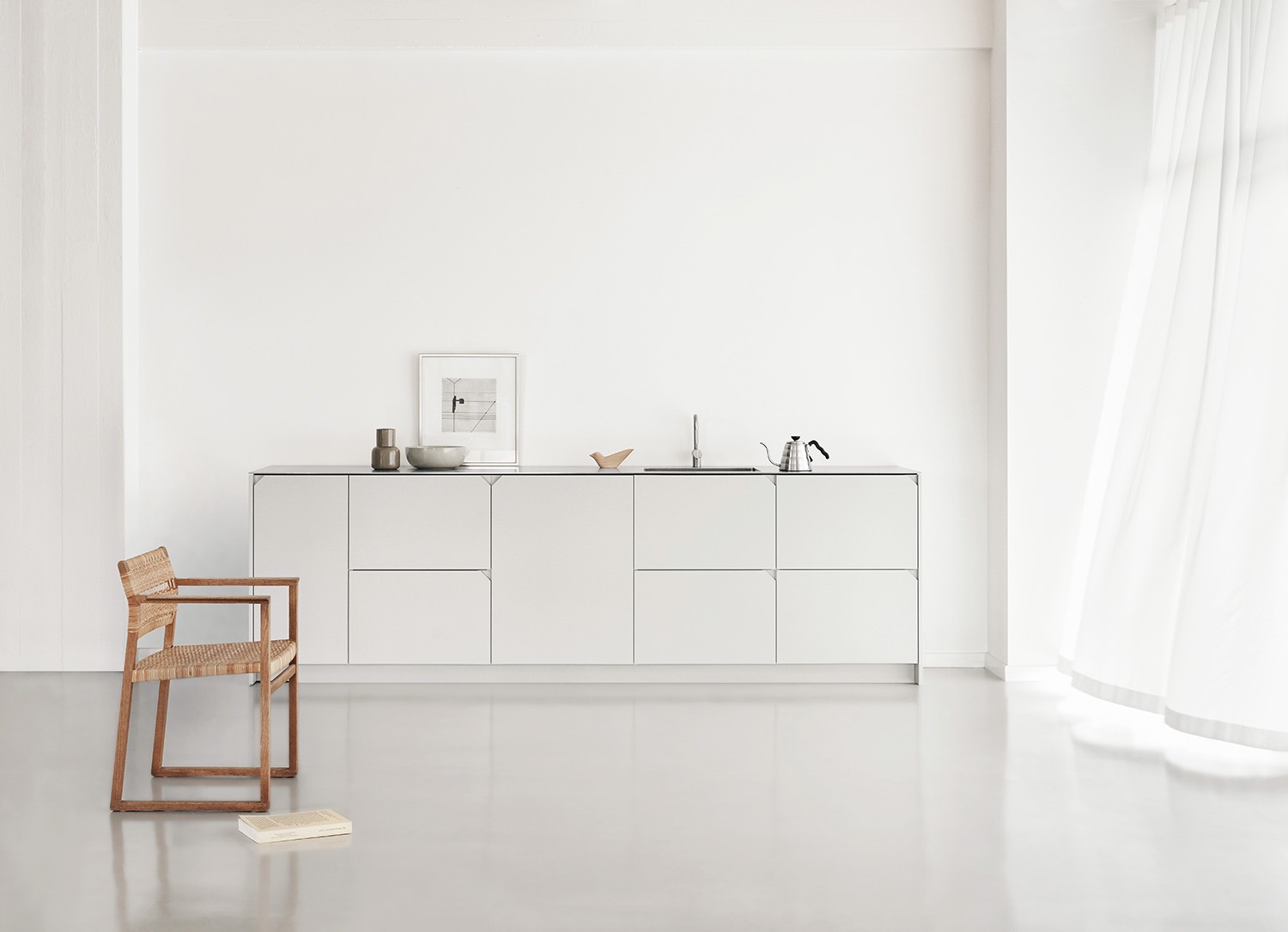Non-Conformist Design
Reform

Whatever the case, these personalities —who often have an awkward effect on the greater majority— are the ones who create something extraordinary out of something very mundane. And if there is a place that is common to all communities, it is the kitchen.
In a country like Denmark, where the average temperature in Winter is around freezing point with maximums in Summer of just over 21º C, it is logical for the Danish not to dine out all that much. In this northern European country, the home and, more specifically, the kitchen is the place for get-togethers. Michael, one of Reform’s co-founders, admits that he spends almost all his time in it “cooking for my kids, working, watching the news or chatting away with my wife”. It was there that Jeppe, who he has known since his childhood, suggested that they embark on a project that has transformed them into one of the most brilliant business names in recent years and into a company unique to the design sector.
Their goal is “to do away with conventional notions of what a kitchen is and to transform their aesthetic ideas into an easily affordable, superior quality, cross-cutting alternative”. IKEA’s kitchen cabinets are the skeletons that Reform converts into works of art by taking advantage of a wide spectrum of professionals from the worlds of architecture and design. By doing so, Reform creates kitchen countertops and unit fronts that are easy to combine with the models manufactured by the Swedish giant. Its expansion is unstoppable. Reform already have presence in two cities in Denmark, in Berlin and in New York, and will be opening new showrooms in Los Angeles and Colonne this year. For the coming years London, Paris and Oslo are on the map.

For Jeppe and Michael, the key to the links that they forge with some of today’s best-acclaimed contemporary design studios is the wide variety of different approaches they offer: “Norm Architects, for instance, is strongly material oriented, Cecilie Manz is focusing on details, while Muller van Severen strength are their more art inspired aesthetic. Jean Nouvel and Bjarke Ingels Group, on the other hand, has an approach more closely associated with architecture.”
Reform is not afraid to experiment with materials, which makes contacts with new creators stimulating. They are the first kitchen brand in the world to work with architects and designers at an accessible prices. “What we find most fun about working with talented architects and designers from around the world is that they come with new ideas and challenging materials. In most cases, it’s also the first kitchen they’ve ever designed and so that adds a note of excitement for them.” The outcomes are drawer pulls made of safety belts, sculptural creations that combine terrazzo with wood, eco-friendly sustainable kitchens, and designs that will simply never be out of fashion.
There is no limit to creativity at Reform. Jeppe and Michael know what they seek in these creators: something they have never yet done. Their non-conformism has made them turn their backs on assembly-line production. “If something worked, it’s been done, so let’s try something new.”




